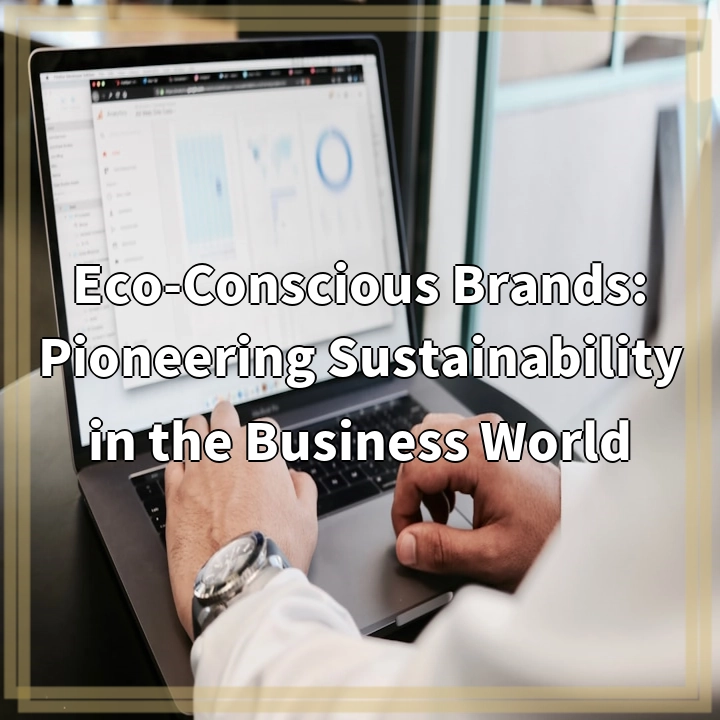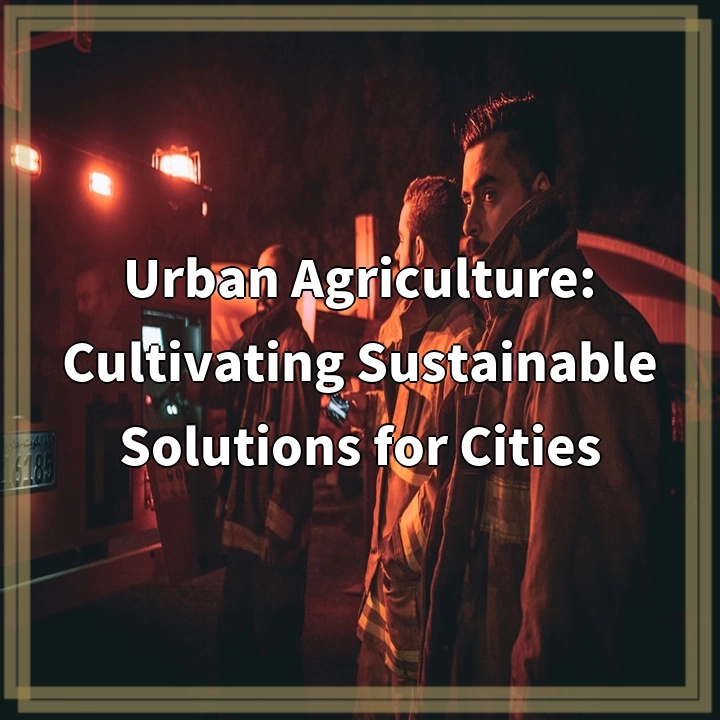
What is Eco-Conscious Brands?
Eco-conscious brands are businesses that prioritize sustainability and environmental responsibility in their operations, products, and practices. These brands recognize the urgent need to reduce their ecological footprint and take proactive steps to minimize negative environmental impacts.
Real-World Problems Associated with Eco-Conscious Brands
Despite their noble intentions, eco-conscious brands face several challenges in their pursuit of sustainability. Understanding these problems is essential to address them effectively and drive meaningful change in the business world.
1. Sourcing Sustainable Materials
One of the main hurdles eco-conscious brands encounter is sourcing sustainable materials for their products. Finding suppliers that prioritize eco-friendly sourcing practices, labor rights, and fair trade can be challenging, especially when demand exceeds supply. Additionally, ensuring the authenticity and traceability of materials throughout the supply chain can be complex, requiring rigorous monitoring and certification processes.
2. Balancing Profitability and Sustainability
Eco-conscious brands often face the dilemma of balancing profitability and sustainability. Implementing sustainable practices and using environmentally friendly materials can sometimes increase production costs, leading to higher product prices. To remain competitive in the market and attract eco-conscious consumers, brands need to find innovative ways to strike a balance between profitability and sustainability while keeping their products affordable.
3. Consumer Education and Awareness
While there is a growing interest in eco-friendly products, consumer education and awareness are still major challenges. Many consumers are not fully aware of the environmental impact of their purchasing decisions and may prioritize convenience or price over sustainability. Eco-conscious brands must invest in educational campaigns to raise awareness about the importance of supporting sustainable businesses and making eco-friendly choices.
4. Greenwashing and Lack of Transparency
Greenwashing, the practice of misleading consumers about a company’s environmental practices, remains a significant problem in the business world. Some brands may use vague and unsubstantiated claims to appear eco-conscious without making substantial changes. This undermines the efforts of genuinely sustainable brands and confuses consumers who are trying to make informed choices. Increased transparency and independent certifications can help combat greenwashing and build trust among consumers.
5. Scaling Sustainability Practices
As eco-conscious brands grow and expand, scaling sustainability practices can be a daunting task. Maintaining sustainable practices throughout the supply chain, considering the environmental impact of packaging and transportation, and reducing carbon emissions become more complex with increased production. Implementing scalable solutions and adopting technologies that minimize environmental impacts can help brands overcome these challenges while continuing to grow sustainably.
By understanding and addressing these real-world problems, eco-conscious brands can continue pioneering sustainability and inspire others to take action, creating a more environmentally conscious business world.

Solutions for Eco-Conscious Brands
Eco-conscious brands can implement a range of solutions to overcome the challenges associated with sustainability and drive positive change in the business world.
1. Establishing Sustainable Supply Chains
To address the issue of sourcing sustainable materials, eco-conscious brands should prioritize building strong relationships with suppliers who share their environmental values. Conducting thorough audits, certifications, and supplier partnerships can help ensure transparency and accountability in the supply chain. Brands can also invest in research and development to explore alternative materials that are more sustainable without compromising product quality.
2. Innovating to Reduce Costs
To strike a balance between profitability and sustainability, eco-conscious brands must focus on innovation. Implementing cost-saving technologies, developing more efficient production processes, and finding creative alternatives for eco-friendly materials can help reduce production costs and make sustainable products more affordable for consumers.
3. Educating and Engaging Consumers
To overcome consumer education challenges, brands should invest in educational campaigns that raise awareness about the environmental impact of consumer choices. Engaging consumers through social media, sustainability events, and partnerships with environmental organizations can foster a deeper understanding of sustainability and encourage individuals to make more eco-conscious purchasing decisions.
4. Enhancing Transparency and Accountability
To combat greenwashing and build trust among consumers, eco-conscious brands should prioritize transparency and accountability. This includes providing detailed information about their sustainability practices, third-party certifications, and audits. Brands can actively engage with consumers, addressing their concerns and actively seeking feedback to ensure continuous improvement and transparency.
5. Embracing Sustainable Technologies
By adopting and investing in sustainable and energy-efficient technologies, eco-conscious brands can reduce their overall environmental impact. This includes utilizing renewable energy sources, implementing smart manufacturing processes, and optimizing packaging and logistics to minimize carbon emissions.
By implementing these solutions, eco-conscious brands can overcome challenges and continue pioneering sustainability in the business world. These proactive actions will help create a more sustainable future for our planet and inspire other businesses to follow suit.















